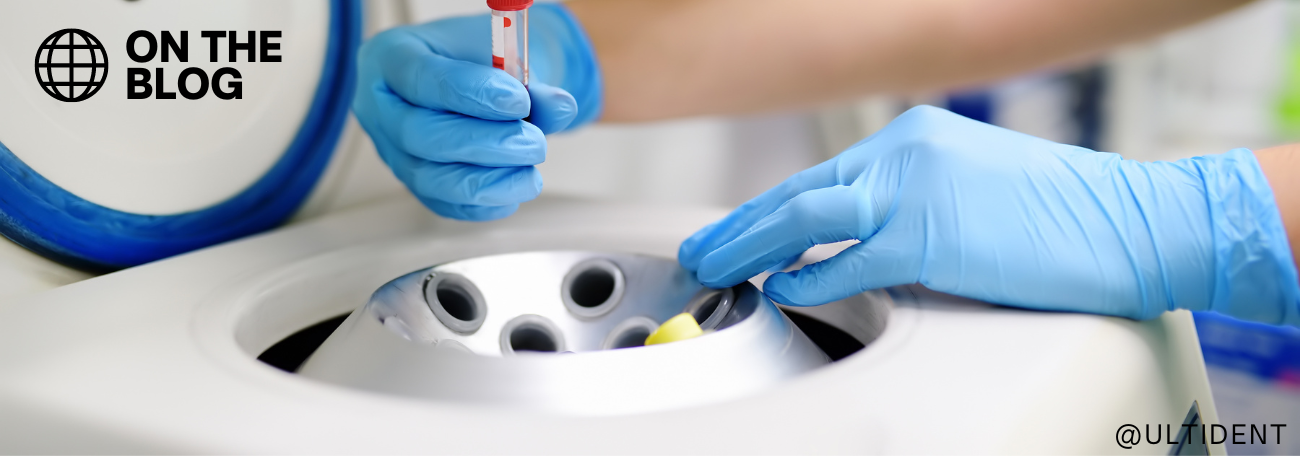6 Tips for Safe Centrifugation


6 Tips for Safe Centrifugation
1- Use the right equipment
When it comes to selecting the right centrifuge, the most important factor is the spin rate. The spin requirements of your application (calculated in Relative Centrifugal Force, aka RCF, aka the g-force) must be equal to or lower than the maximum spin rate of the centrifuge. The type of rotor you select (fixed angle vs. swinging bucket) and its size will also impact the RCF of your equipment. Always operate rotors within the stated guidelines for speed and maximum compartment mass and be sure to keep all centrifuge components clean and well lubricated. Finally, make sure your centrifuge is calibrated and in proper working order or risk dangerous spills and sample loss.
2- Choose the right tubes
While selecting the right centrifuge tube will ultimately depend on your protocol’s specific needs, spin rate is once again a crucial component. You must use a tube which has a spin rate that is compatible with your application. Looking at spin rate can also help you gage the quality of the tube (higher RCF = higher quality). Using a low-quality tube can lead to softening, swelling, stress-cracks or worse. Other things to consider are whether the tube’s temperature and volume requirements are in line with your protocol as well as the centrifuge you selected. Never fill tubes above the maximum level recommended by the manufacturer. If necessary, you can sometimes use a rotor adaptor to enable your centrifuge to accept different sizes. For more info check out our blog post “What to Consider when Choosing a Centrifuge Tube”
3- Balance the load
Each sample tube should be evenly filled so that when you insert tubes into the rotor, you can add a tube of equal weight directly across it. This is to ensure gravity remains at the center of the rotor. If you’re spinning an odd number of tubes and cannot space them out equally, you may need to add additional tubes filled with water. Balancing to the nearest 0.1 gram is advisable, and it is important to balance tubes by mass, not volume. Balancing your load is increasingly important with high-speed spins.
4- Place the centrifuge in a safe area and operate on a sturdy surface.
Make sure that the centrifuge is in a safe area where there is no risk of anyone stumbling on a cord or bumping into it. Placing the centrifuge on a smooth level area with firm footing will also reduce the risk of it being pulled or tipped off the countertop.
5- Never open the lid of a centrifuge while the rotor is in motion
Even if your centrifuge has a “safety shutoff” once the lid opens, this only stops powering the rotor meaning the tubes will continue to spin until they eventually stop. Do not attempt to slow the rotor down manually or serious injury may result. If you encounter any problems while the centrifuge is in use (like vibrations, noise, wobbling or shaking) the safest thing to do is pull the plug, wait for the rotor to stop spinning, and begin troubleshooting. Make sure adaptors and tubes are balanced and that the unit it clean and well lubricated. If the problem re-occurs it may be time to contact the manufacturer for repair or service options.
6- Wear protection
Even if you follow all the steps above, accidents can still happen. Centrifuge rotors spin extremely fast and can generate a very strong force. Unexpected circumstances can lead to serious accidents, always wear safety goggles and a face shield if you are working near a centrifuge that is in use
With very few exceptions, our PROgene® 15 & 50mL Centrifuge tubes as well as our PROgene® Boil-proof Microcentrifuge tubes fulfill the quality and RCF requirements of every protocol.
Click here to browse our PROGENE® 15 and 50mL Centrifuge Tubes.
Click here to browse our PROGENE® Boil-proof Microcentrifuge Tubes
Click here to browse our selection of mini-centrifuges
or contact us today at sales@ultident.com





